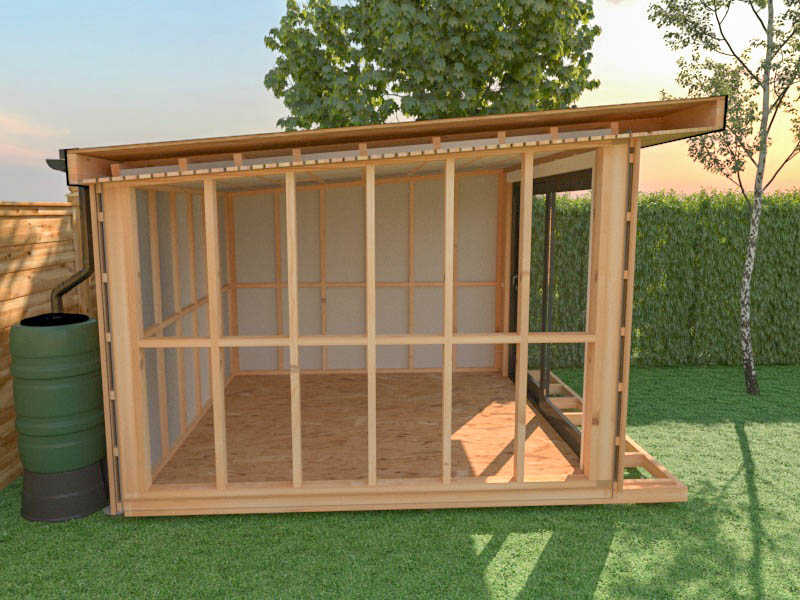
Introduction:
In the realm of construction, the importance of efficiency cannot be overstated. When it comes to cold roof construction, there are key considerations that builders and homeowners alike must take into account to ensure optimal performance and energy efficiency. In this article, we’ll delve into these considerations and explore how they contribute to the overall efficiency of cold roof structures.
Understanding Cold Roof Construction:
Before diving into the key considerations for efficiency, it’s essential to understand what cold roof construction entails. Unlike warm roof systems, which feature insulation installed above the roof deck, cold roofs are designed with insulation placed between the ceiling joists. This setup allows for proper ventilation and airflow, which is crucial for preventing moisture buildup and maintaining the integrity of the roof structure.
Proper Insulation Materials:
One of the most critical aspects of cold roof construction is selecting the right insulation materials. Opting for high-quality, durable insulation is essential for maximizing energy efficiency and minimizing heat loss. Common insulation materials used in cold roof construction include fiberglass, mineral wool, and rigid foam boards. Each material offers its own set of benefits, so it’s crucial to choose the option that best suits the specific needs of the project.
Ventilation and Airflow:
Adequate ventilation is paramount in cold roof construction to prevent moisture buildup and ensure proper airflow. Proper ventilation helps regulate temperature and humidity levels within the roof cavity, which can help extend the lifespan of the roofing materials and prevent issues such as mold and rot. Incorporating vents, soffits, and ridge vents into the roof design allows for optimal airflow, contributing to the overall efficiency of the structure.
Sealing and Air Leakage:
Another key consideration in cold roof construction is minimizing air leakage and ensuring proper sealing throughout the roof assembly. Any gaps or cracks in the roofing system can compromise its energy efficiency and lead to heat loss. Proper sealing of joints, seams, and penetrations helps create a tight building envelope, reducing the need for additional heating and cooling and ultimately lowering energy costs.
Roofing Materials and Durability:
When it comes to cold roof construction, the choice of roofing materials plays a significant role in both efficiency and durability. Opting for durable, long-lasting roofing materials not only ensures the structural integrity of the roof but also contributes to energy efficiency by reducing the need for frequent repairs and replacements. Materials such as asphalt shingles, metal roofing, and clay tiles offer excellent durability and longevity, making them ideal choices for cold roof systems.
Climate Considerations:
It’s essential to take climate considerations into account when designing and constructing cold roof systems. Factors such as temperature extremes, precipitation levels, and wind patterns can impact the performance and efficiency of the roof. By tailoring the design and insulation levels to suit the specific climate conditions of the region, builders can optimize energy efficiency and ensure the long-term durability of the roof structure.
Professional Installation and Maintenance:
Finally, proper installation and ongoing maintenance are critical for maximizing the efficiency and longevity of cold roof systems. Hiring experienced professionals who specialize in cold roof construction ensures that the roof is installed correctly and according to industry best practices. Additionally, regular inspections and maintenance checks can help identify any issues early on and prevent costly repairs down the line.
In conclusion, cold roof construction offers numerous benefits in terms of energy efficiency, durability, and structural integrity. By considering factors such as insulation materials, ventilation, sealing, roofing materials, climate conditions, and professional installation, builders can ensure that cold roof systems perform optimally and provide long-lasting protection for the building. Read more about cold roof construction
